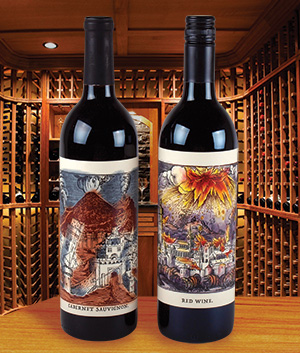 Rousing Rabble
Rousing Rabble
If you are looking for affordable, approachable, easy-drinking wines, I suggest you seek out those from Paso Robles. This large but lesser-known appellation was established in 1983 (a mere toddler in wine years), and is located around the town of Paso Robles in the northern part of California’s San Luis Obispo County. Most of the growing area is classified as Region III, equivalent to France’s Rhône region. At last count, there were over 18,000 acres under vine.
Rabble Wine Company encompasses four labels: Rabble, Stasis, Amor Fati, and Tooth & Nail. Rabble’s estate winery and visitor center is regarded as one of the region’s leading destinations, featuring a somewhat kitschy castle-like building that includes an expansive tasting room.
Rabble was founded by Rob and Nancy Murray in 2011. In addition to becoming a vintner, Rob has been a grower and vineyard owner for over 20 years. He continues to own and manage properties from Paso Robles to Santa Maria, with his own brands utilizing roughly five percent of the grapes he farms. He’s obviously doing something right, as Rabble is one of Paso Robles’ fastest-growing labels.
Speaking of labels, I’m almost always more interested in what’s in a wine bottle than what’s on it. However, the iconoclastic labels for Rabble and its sister brands have attracted a lot of attention in the wine press. The Rabble labels are renditions of historical woodblock prints from the Nuremberg Chronicle, dating to the late 1400s. They have been faithfully reproduced, including a full-embossing rarely seen in this context. The images depict nature’s wrath, as a reminder to work in concert with her at all times.
Rabble Red Blend 2015
This disorderly mob member hails from Mossfire Ranch, about three miles southwest of Paso Robles. A mix of 90% merlot and 10% syrah, it greets you with its bright red-purple color and aromas of red cherry and cocoa on the nose, with just a hint of anise. The rich cherry continues on the palate, adding red berries and delicate spice notes. The flavors, lively acidity and firm but sweet tannins are remarkably balanced. An excellent value. The label illustrates the Apocalyptic Comet falling upon Florence with the Unicorn and Phoenix.
Try this wine with cranberry-cheddar brats with bell peppers, New Mexican rubbed pork tenderloin, or grilled chicken with Fresno chile/plum sauce.
Rabble Caberrnet Sauvignon 2016
Another Mossfire offering, on first approach currant, cocoa, and a hint of tobacco drift from the glass. Again, the taste of cherries, but this time of the tart variety, supported by vanilla, dried sage, blueberry, and cassis. These are complemented by woody notes from the French oak, which also supplies lively and supple tannins and a nice long finish. And the label? Mount Vesuvius Erupting over Pompeii.
Enjoy this wine with venison and black bean chili with toasted cumin crema, pan-roasted chicken with blackberry-ancho sauce, or red chile and honey-glazed salmon.
Top of page: https://winervana.com/blog/

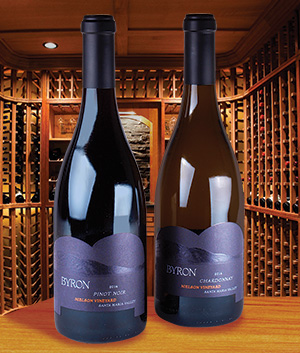 The Poetry of Byron
The Poetry of Byron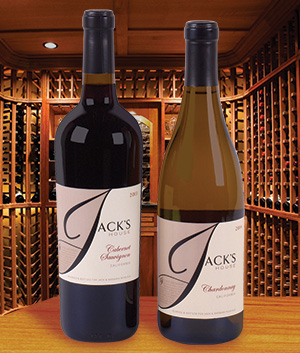 This Is the House
This Is the House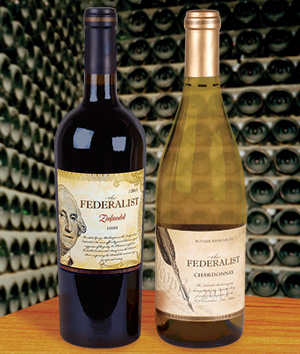 We the People
We the People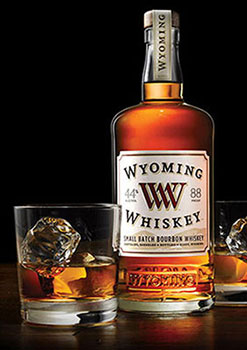
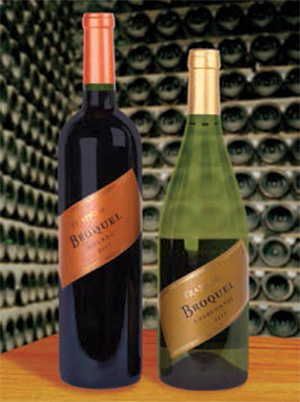 No Llores Por Mi, Argentina
No Llores Por Mi, Argentina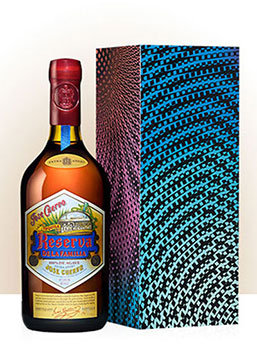
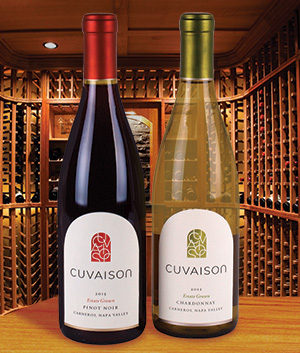 Mean, Green,
Mean, Green,
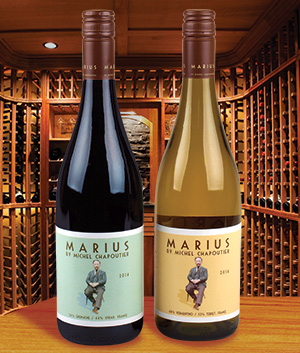 Honor Thy Grandfather
Honor Thy Grandfather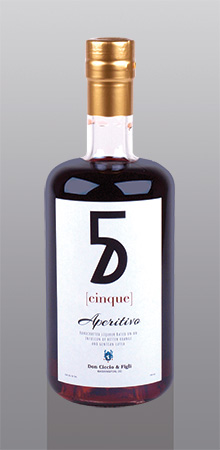 Ciao, Italia!
Ciao, Italia!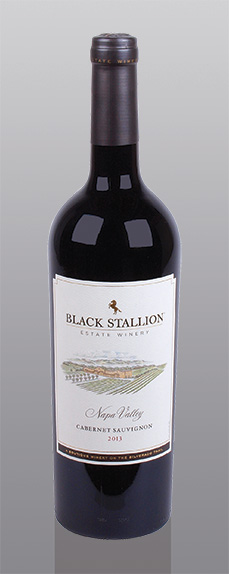 In 1894, Gaspare Indelicato was born in the small village of Campobello di Mazara in the province of Trapani, Sicily. In 1911, at the tender age of 16, he emigrated by himself to the United States through Ellis Island, New York, as many European immigrants of the time did.
In 1894, Gaspare Indelicato was born in the small village of Campobello di Mazara in the province of Trapani, Sicily. In 1911, at the tender age of 16, he emigrated by himself to the United States through Ellis Island, New York, as many European immigrants of the time did.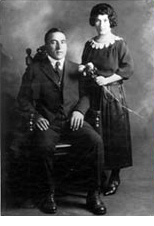 Eventually, Gaspare found his way to Manteca, California, about 75 miles east of San Francisco, in the agriculturally-rich San Joaquin Valley, where the climate reminded him of his homeland. There he met and married his wife Caterina Luppino. In 1924, Gaspare and his brother-in-law Sebastiano made a bold decision to purchase a 68-acre dilapidated dairy farm, planted grapes, and shipped them by train to home winemakers in Chicago and and the Northeast during Prohibition. (Although technically illegal under the Volstead Act that delineated Prohibition, home winemaking was very rarely prosecuted, since the law was vague about it, and the government had its hands full dealing with bootleggers and organized crime surrounding alcohol.)
Eventually, Gaspare found his way to Manteca, California, about 75 miles east of San Francisco, in the agriculturally-rich San Joaquin Valley, where the climate reminded him of his homeland. There he met and married his wife Caterina Luppino. In 1924, Gaspare and his brother-in-law Sebastiano made a bold decision to purchase a 68-acre dilapidated dairy farm, planted grapes, and shipped them by train to home winemakers in Chicago and and the Northeast during Prohibition. (Although technically illegal under the Volstead Act that delineated Prohibition, home winemaking was very rarely prosecuted, since the law was vague about it, and the government had its hands full dealing with bootleggers and organized crime surrounding alcohol.)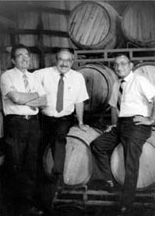 By 1940, the Delicato winery was making and selling about 15,000 gallons a year. As the business continued to grow, Gaspare’s three sons, Frank, Anthony, and Vincent, joined the winery in the 1950s. In 1955, production reached 74,107 gallons. By 1964, the winery increased its capacity to 403,000 gallons. This steady growth over the years is what makes Delicato Family Wines (as it is now known) today a Top 10 U.S. wine supplier. With total sales of more than 16 million cases per year and more than a decade of sustained double-digit growth, Delicato Family Wines is the sixth-largest winery in America and the sixth-largest exporter of branded wine from the USA, and employs more than 200 people.
By 1940, the Delicato winery was making and selling about 15,000 gallons a year. As the business continued to grow, Gaspare’s three sons, Frank, Anthony, and Vincent, joined the winery in the 1950s. In 1955, production reached 74,107 gallons. By 1964, the winery increased its capacity to 403,000 gallons. This steady growth over the years is what makes Delicato Family Wines (as it is now known) today a Top 10 U.S. wine supplier. With total sales of more than 16 million cases per year and more than a decade of sustained double-digit growth, Delicato Family Wines is the sixth-largest winery in America and the sixth-largest exporter of branded wine from the USA, and employs more than 200 people.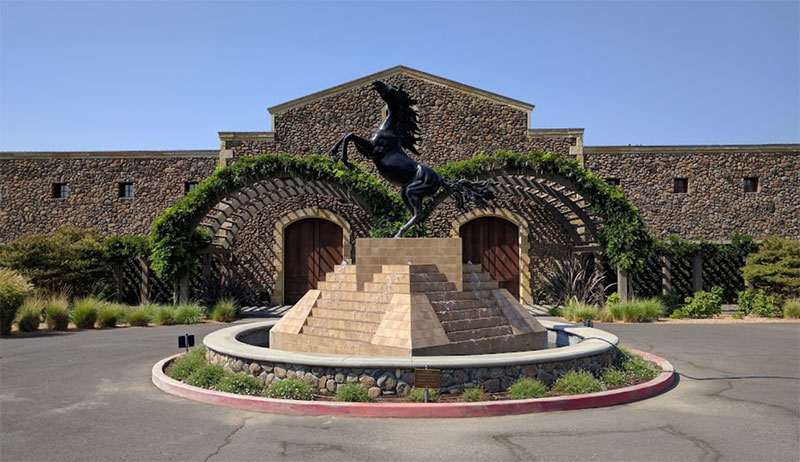
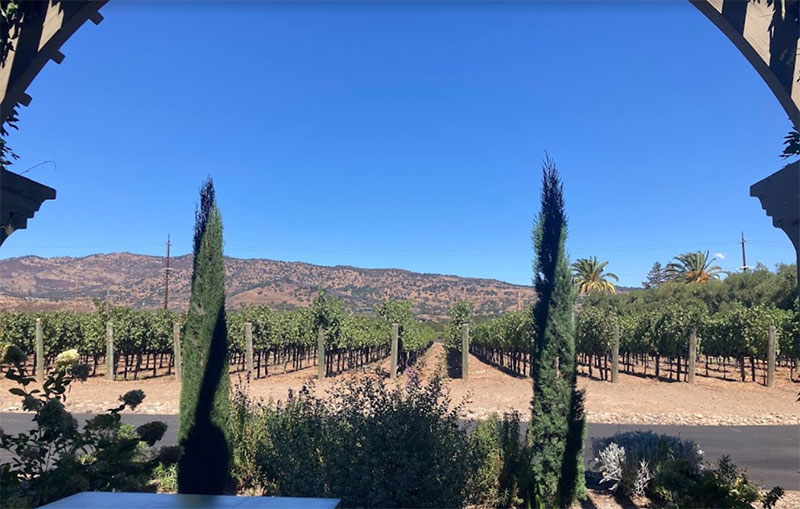
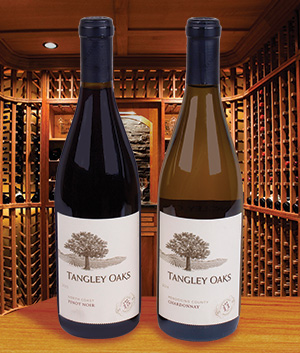 Négociant [nay-goh-SYAHN] is the French word for “dealer” or “merchant,” and is used in wine circles to denote an individual or company that negotiates, sells, and ships wine as a wholesaler. Traditionally, négociants have often handled all aspects of wine production except the actual farming, including purchasing grapes, making the wine, blending, bottling, and shipping. In some transactions, there is another intermediary: a courtier or “wine broker,” who helps establish the price paid by a négociant to a small producer. Some of the better known French négociants are Barton & Guestier, Calvet, Cordier, Moueix, and Sichel.
Négociant [nay-goh-SYAHN] is the French word for “dealer” or “merchant,” and is used in wine circles to denote an individual or company that negotiates, sells, and ships wine as a wholesaler. Traditionally, négociants have often handled all aspects of wine production except the actual farming, including purchasing grapes, making the wine, blending, bottling, and shipping. In some transactions, there is another intermediary: a courtier or “wine broker,” who helps establish the price paid by a négociant to a small producer. Some of the better known French négociants are Barton & Guestier, Calvet, Cordier, Moueix, and Sichel.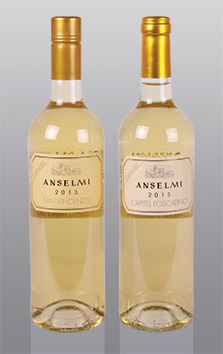 Roberto Anselmi is a legend of north Italian winemaking, a charismatic, motorbike-riding rebel whose uncompromising quality-over-quantity approach has helped redefine the wines of the Veneto through his insistence on higher standards. It has earned him the title, “the conscience of Soave.”
Roberto Anselmi is a legend of north Italian winemaking, a charismatic, motorbike-riding rebel whose uncompromising quality-over-quantity approach has helped redefine the wines of the Veneto through his insistence on higher standards. It has earned him the title, “the conscience of Soave.”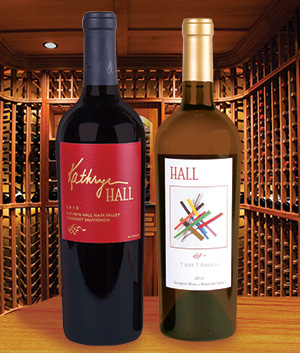 Kathryn Walt Hall has a most impressive curriculum vitae. To touch on just a few of the high points, she is the proprietor of HALL Wines and WALT Wines [family businesses she has been involved with for over thirty years], was assistant city attorney in Berkeley, California, worked as an attorney and businesswoman in Dallas, Texas, and has served on numerous non-profit and institutional boards, with an emphasis on issues related to social care and mental health. From 1997 to July 2001, Ms. Hall served as the United States Ambassador to Austria. In the midst of this, together with her husband Craig she has raised four children.
Kathryn Walt Hall has a most impressive curriculum vitae. To touch on just a few of the high points, she is the proprietor of HALL Wines and WALT Wines [family businesses she has been involved with for over thirty years], was assistant city attorney in Berkeley, California, worked as an attorney and businesswoman in Dallas, Texas, and has served on numerous non-profit and institutional boards, with an emphasis on issues related to social care and mental health. From 1997 to July 2001, Ms. Hall served as the United States Ambassador to Austria. In the midst of this, together with her husband Craig she has raised four children.